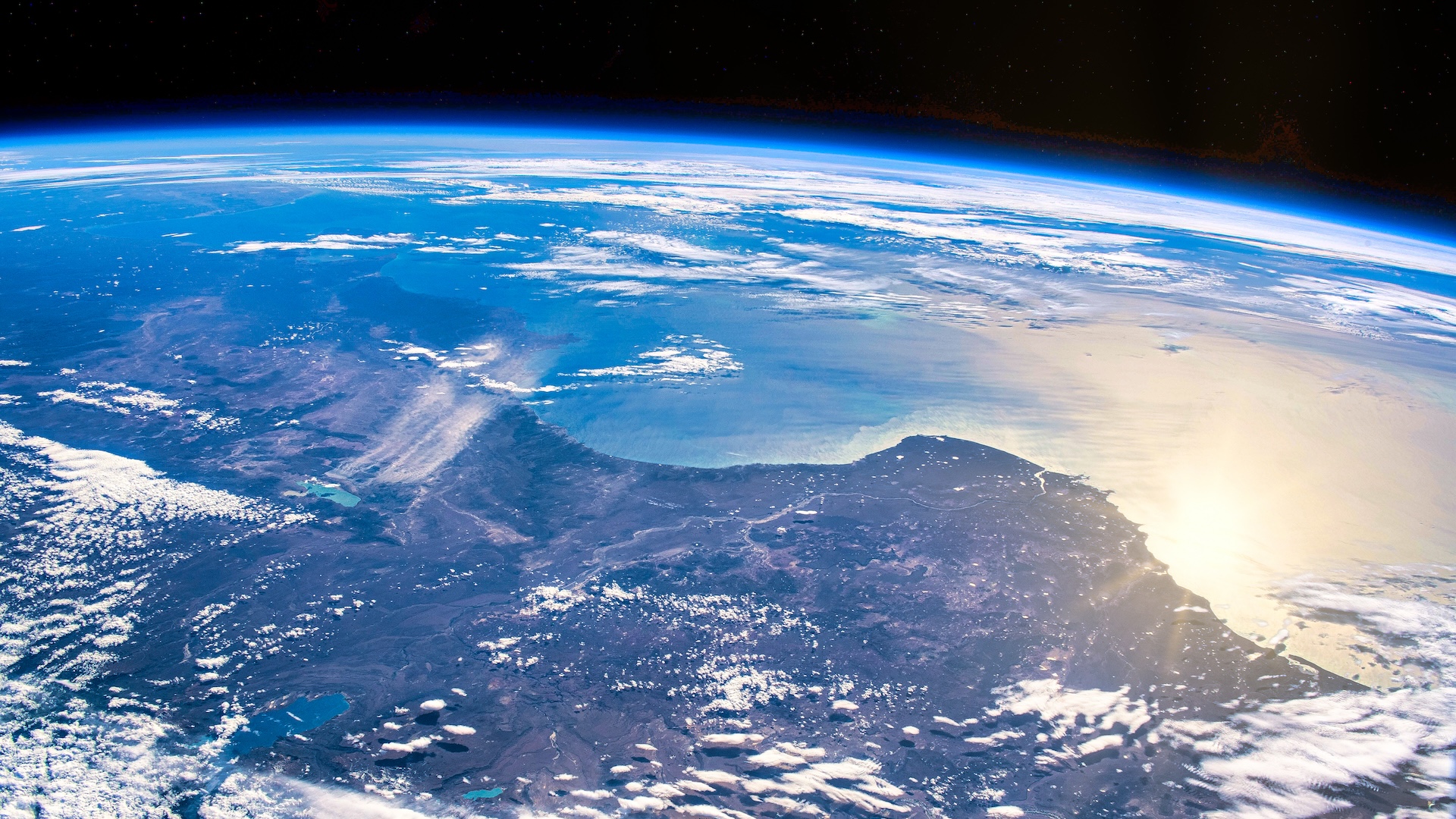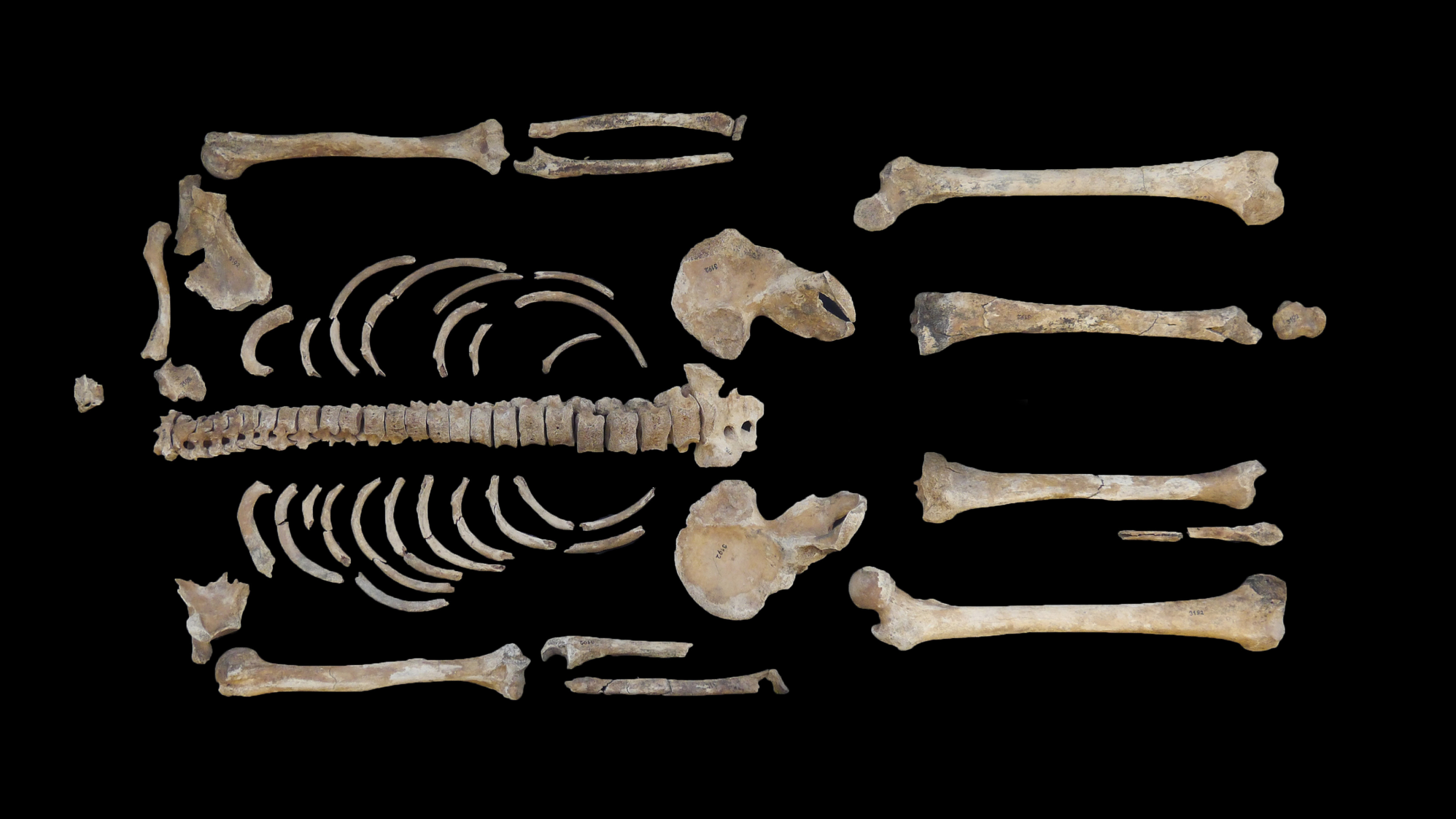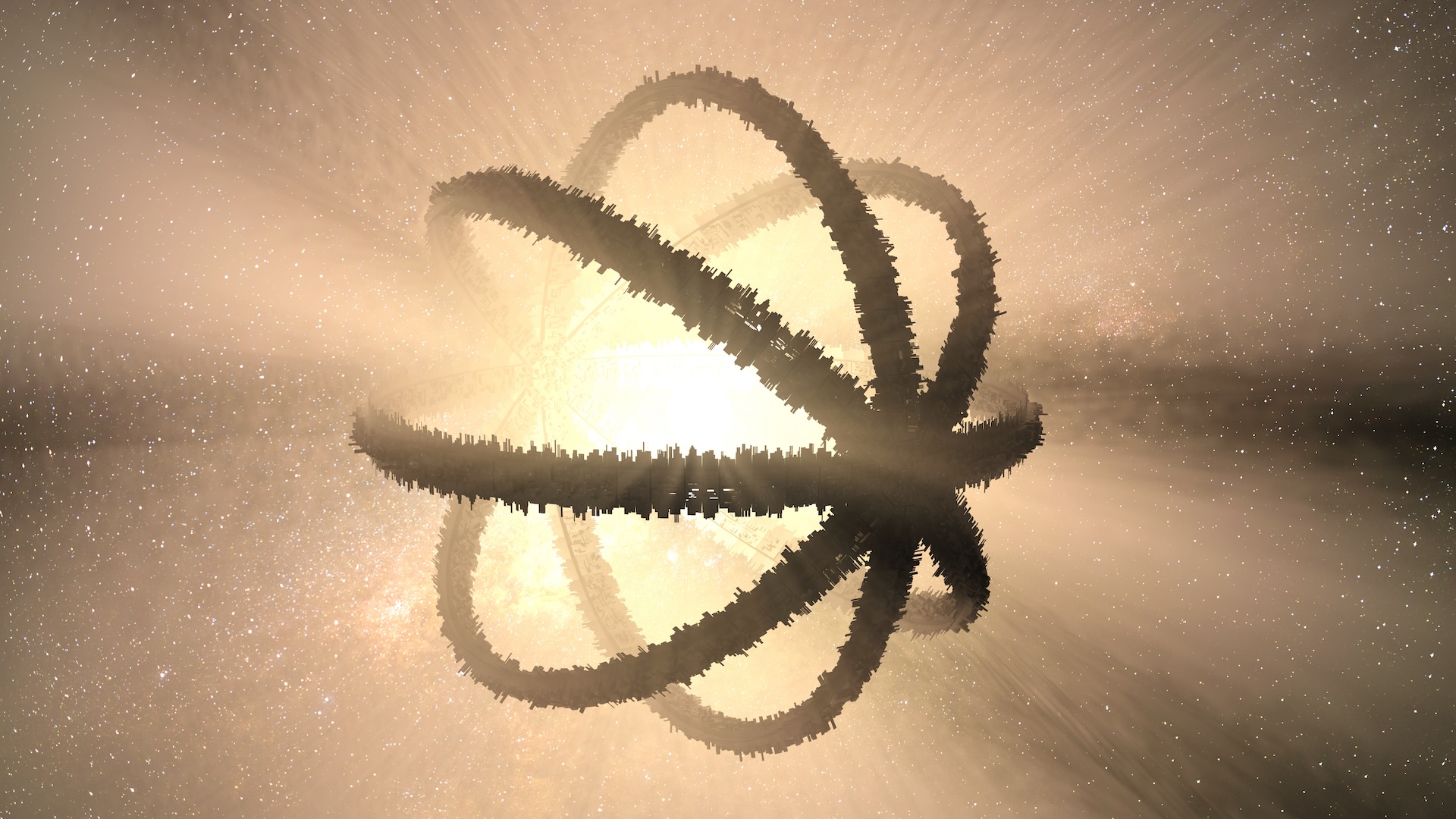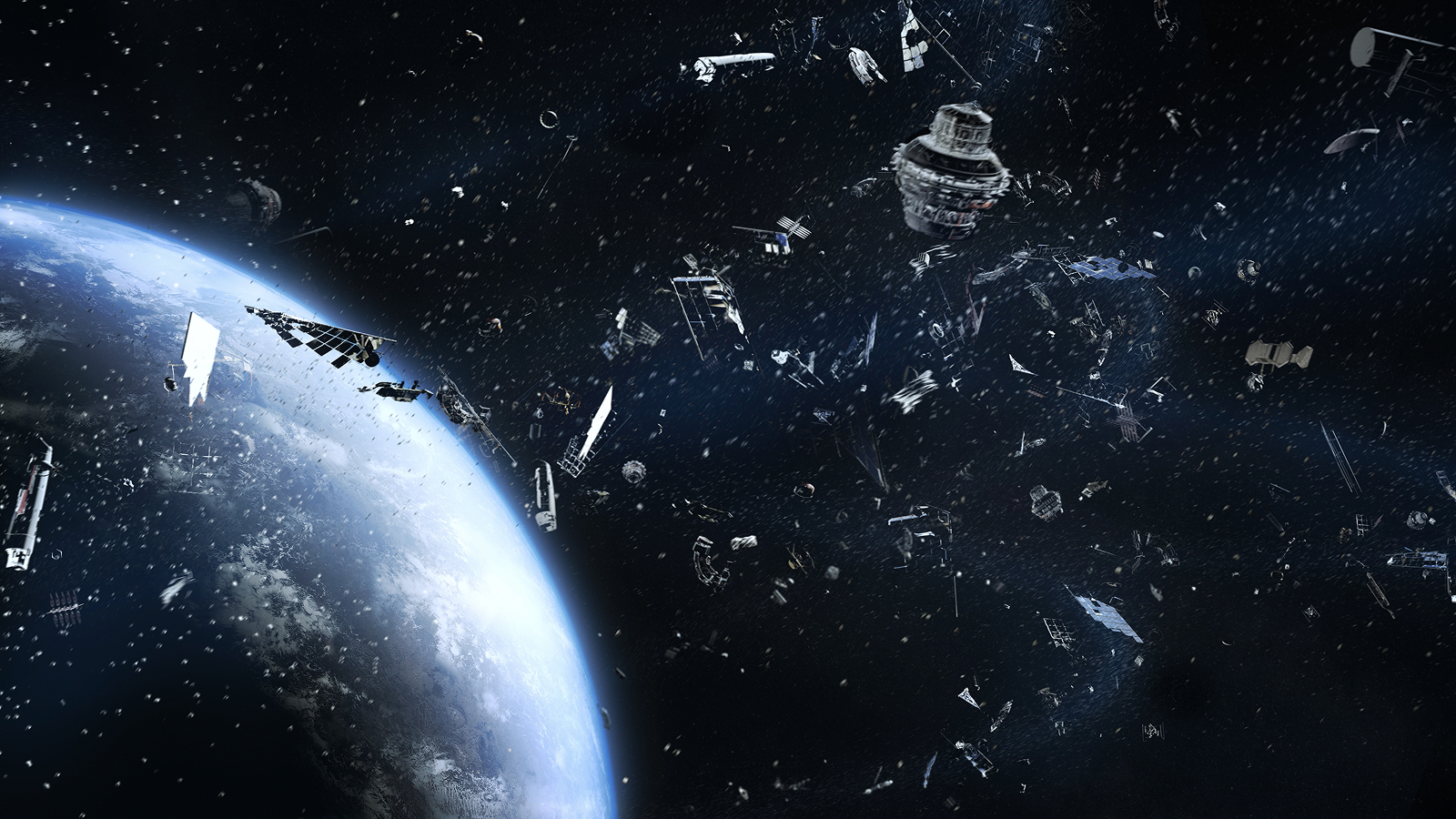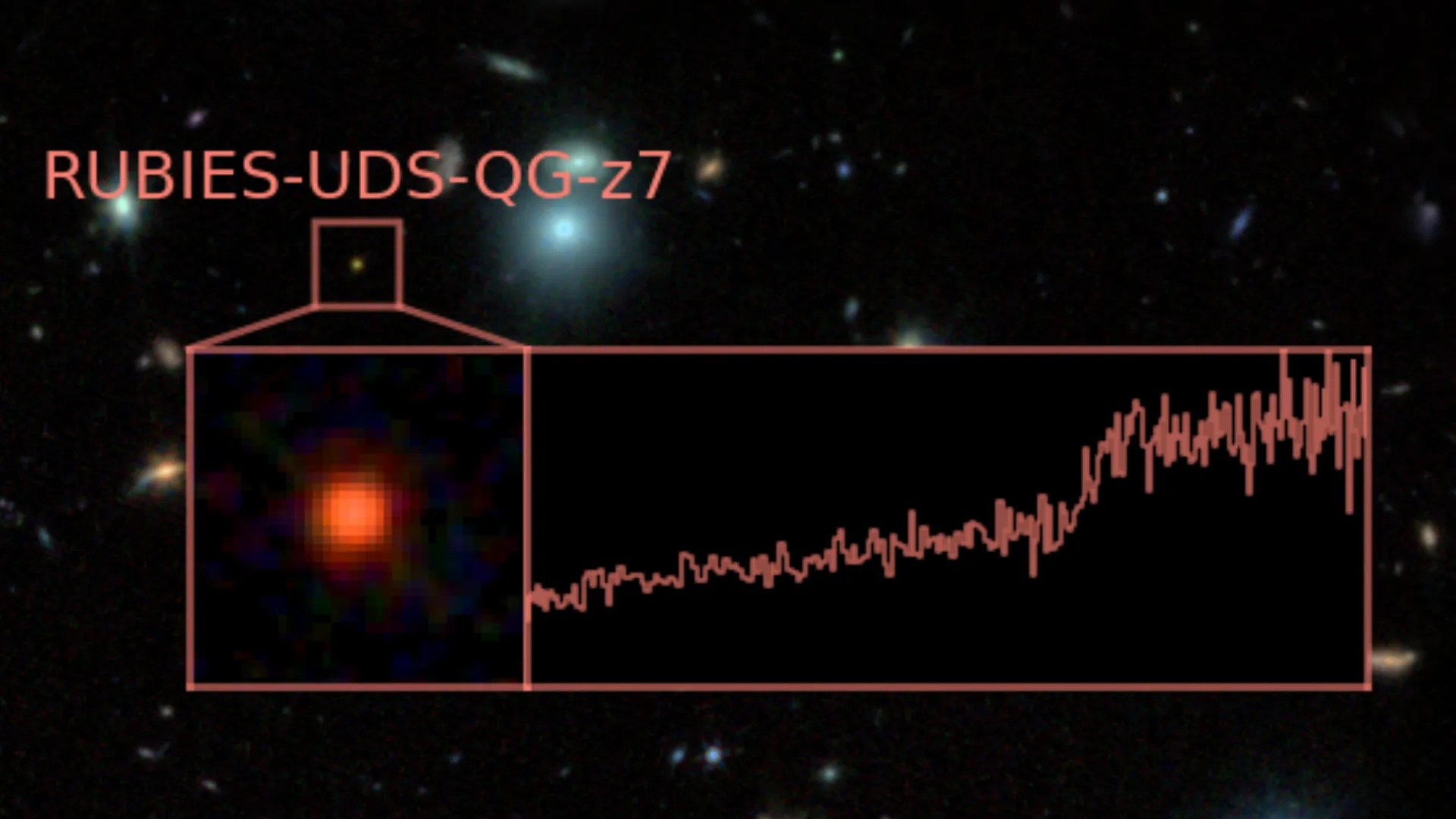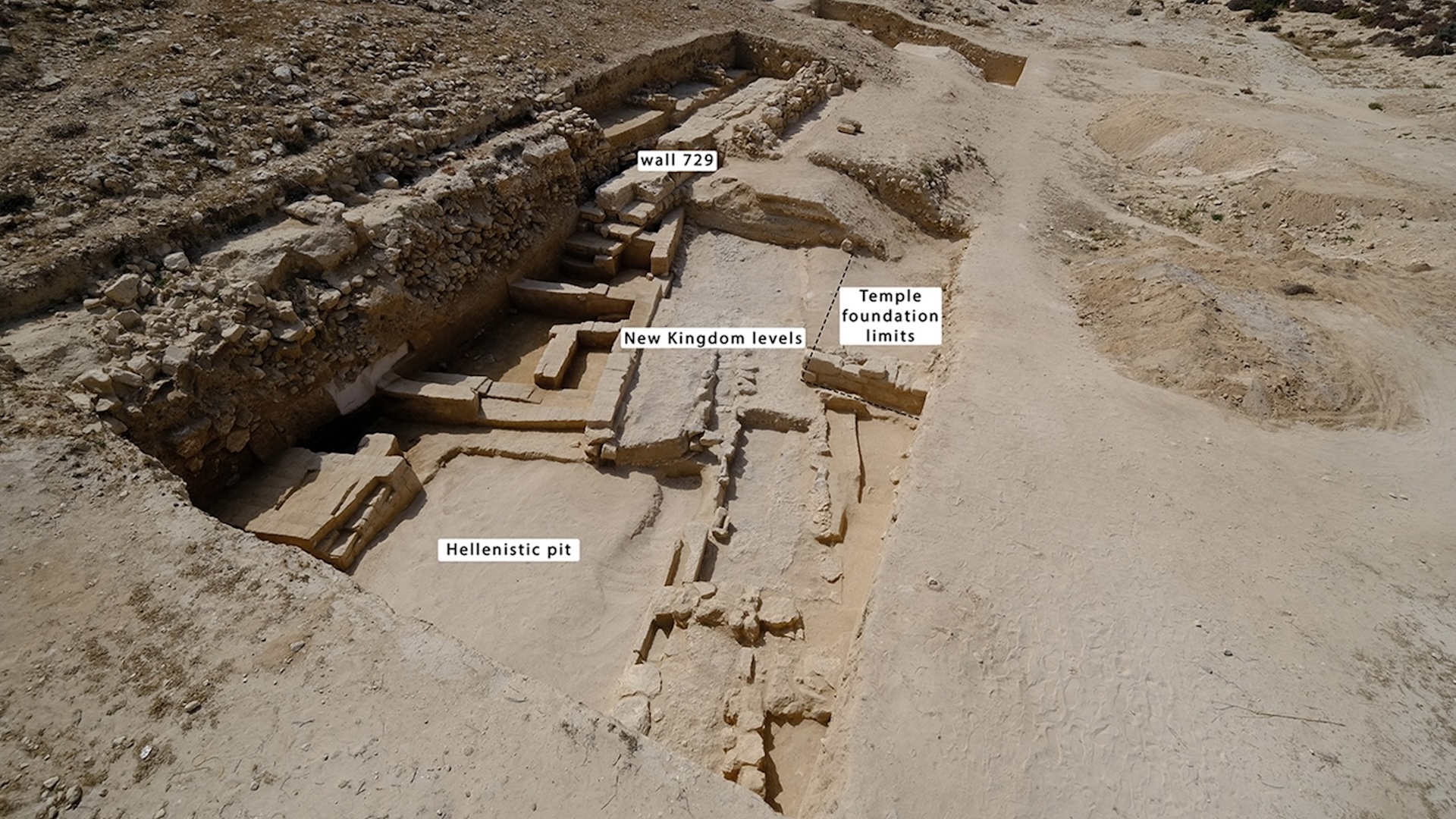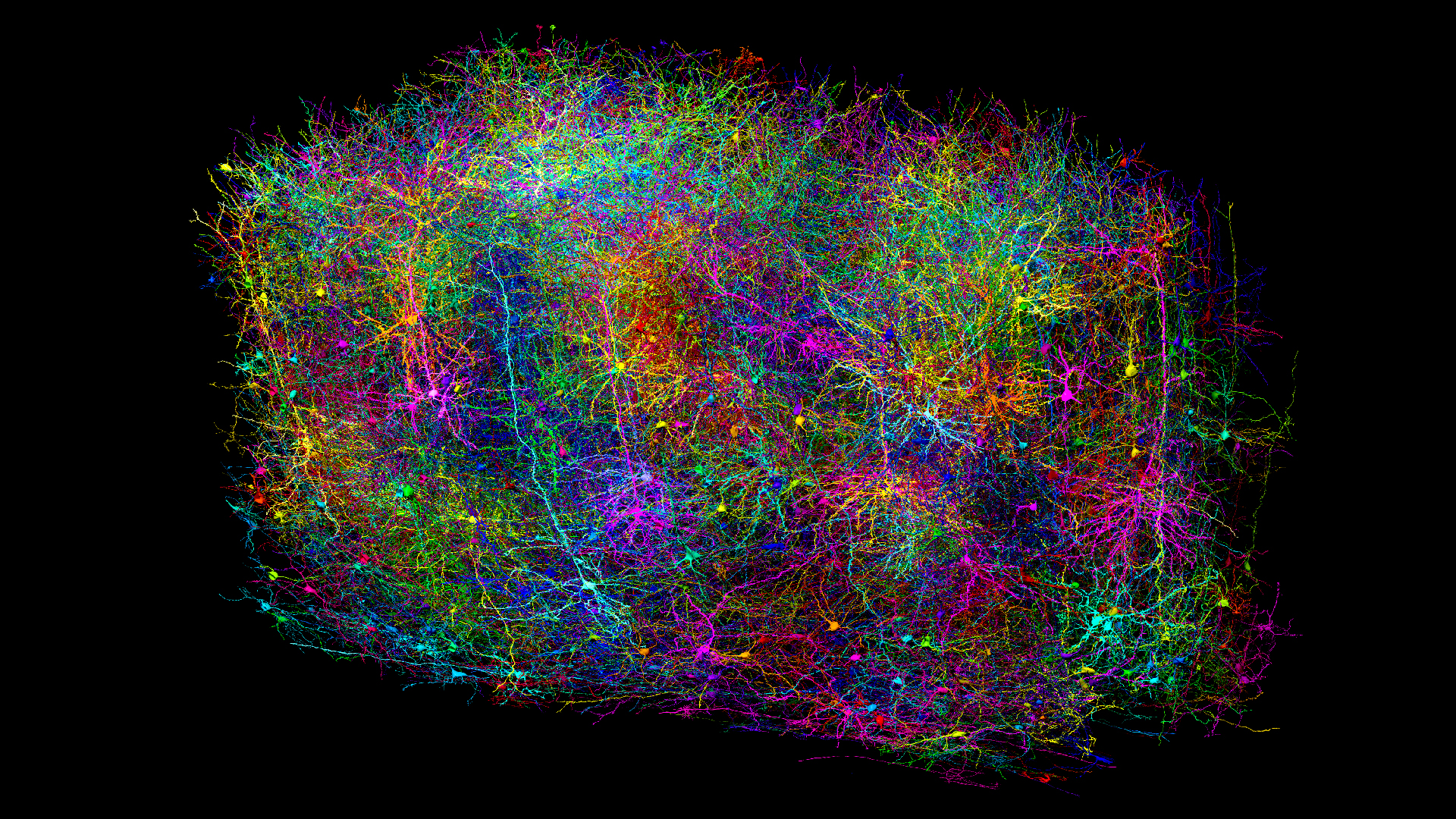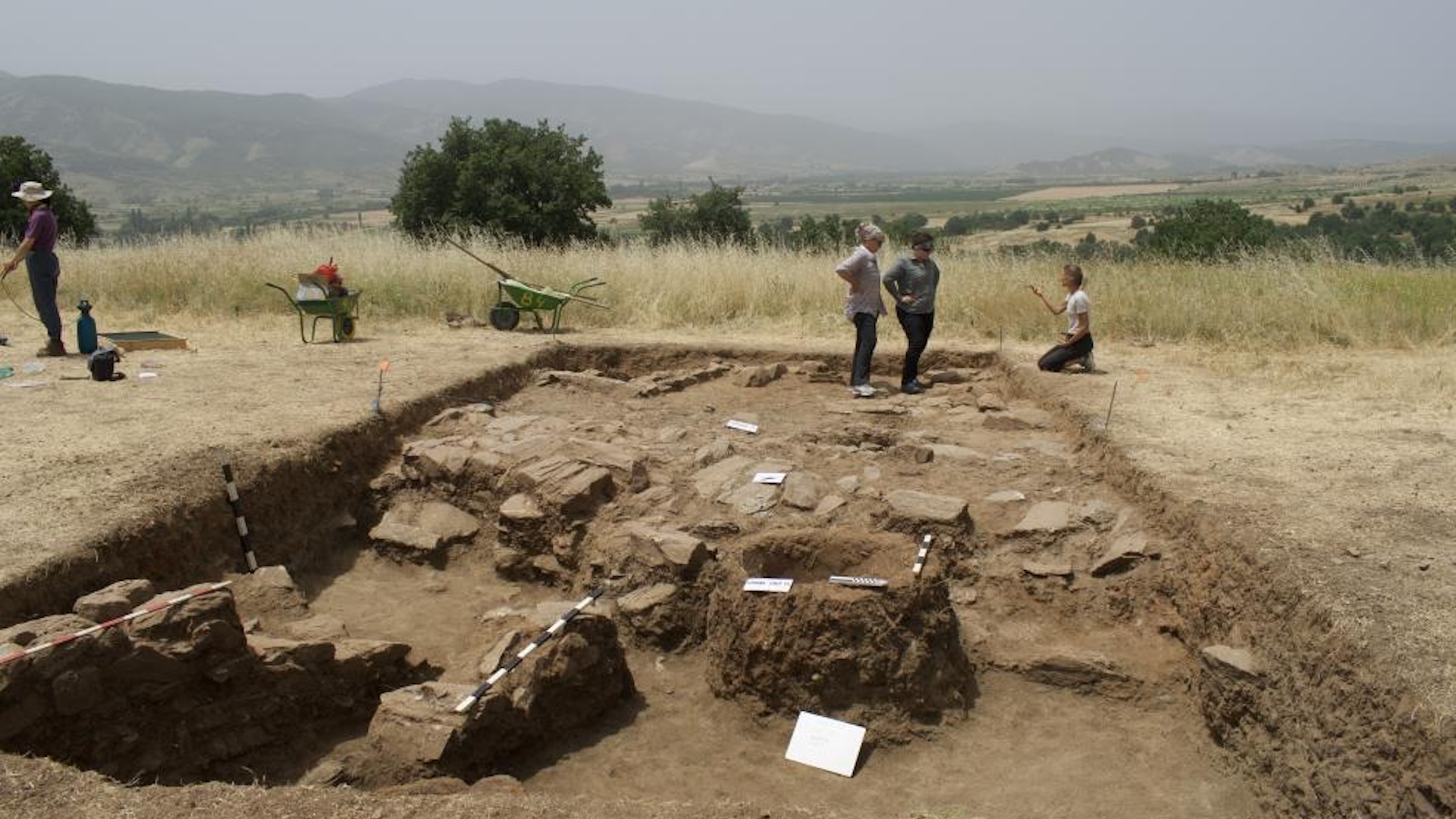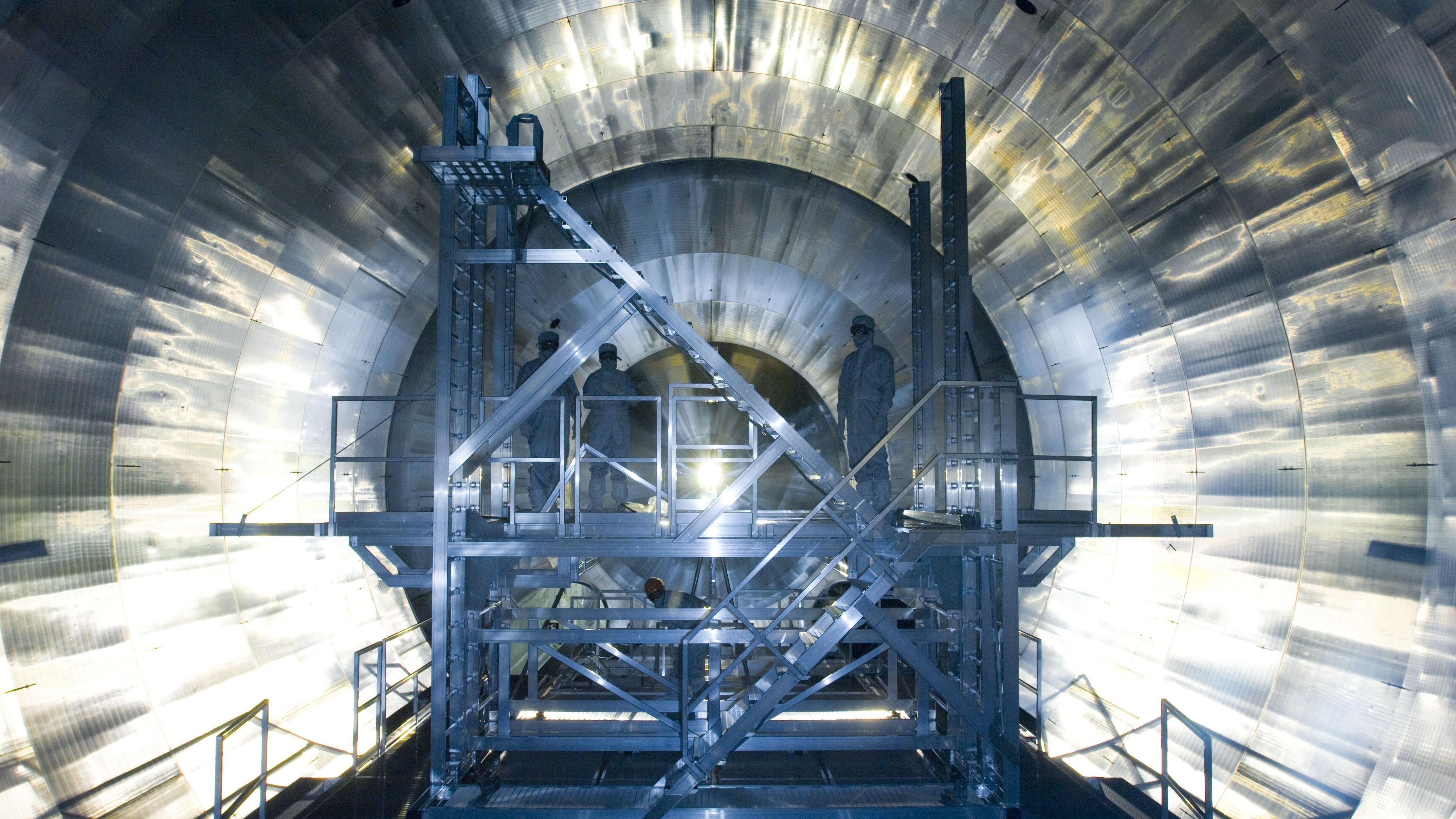Asteroid YR4 impact odds plummet as NASA changes threat level of 'city-killer'
NASA has been changing the odds of asteroid 2024 YR4 hitting Earth in recent days, but the latest shift significantly downgrades the asteroid's threat level and makes a moon strike more likely.
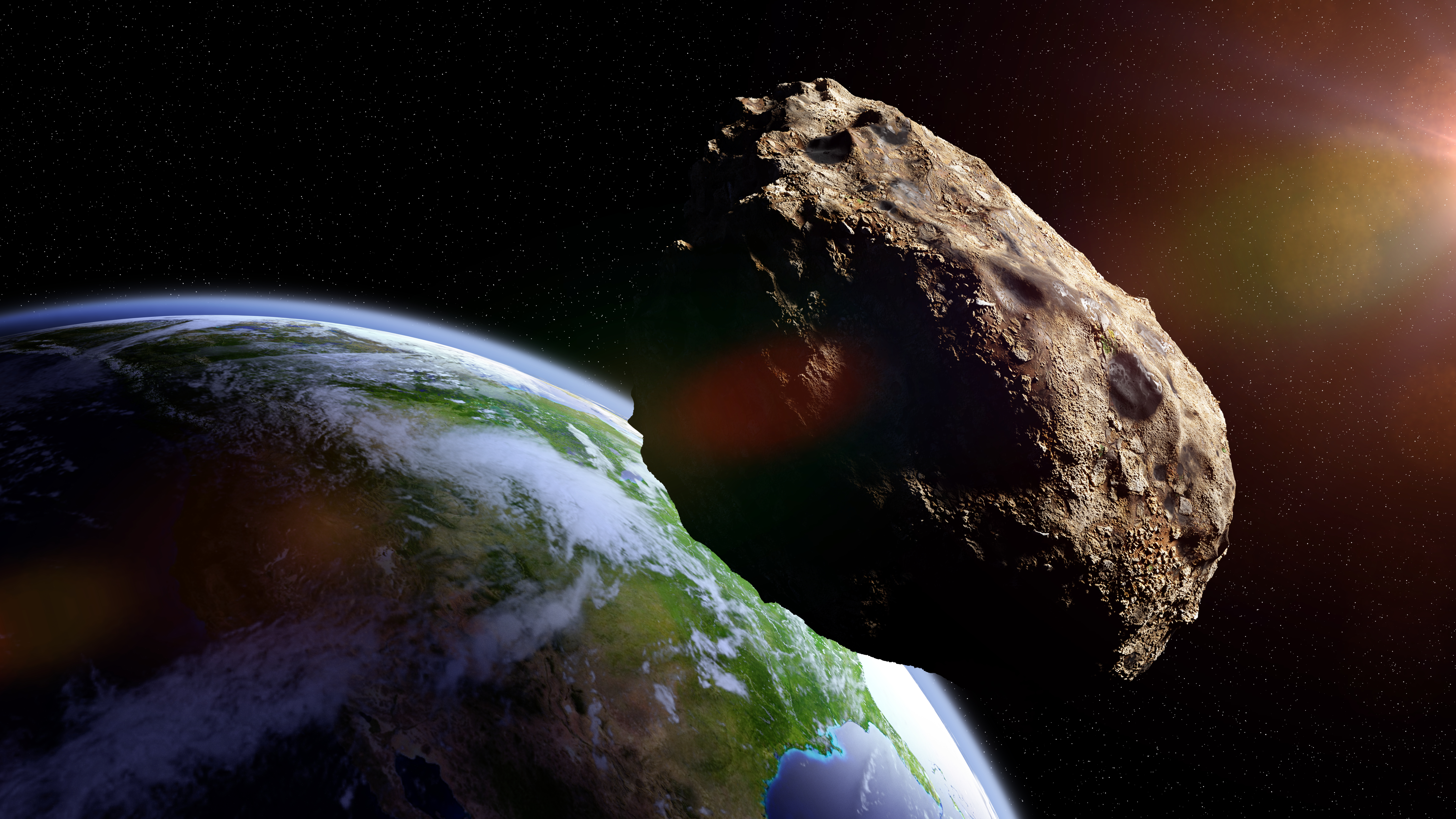
NASA has downgraded the threat level of potential city-killer asteroid 2024 YR4. It is now more likely to hit the moon than Earth, according to the latest data.
The space agency has been tweaking the odds of a potential strike from the 180-foot-wide (55 meters) YR4 all week. Those odds peaked at 1 in 32, or 3.1%, on Tuesday (Feb. 18), which was the highest impact probability NASA had ever recorded for a space object as big as YR4. However, the likelihood of a strike soon fell.
On Wednesday (Feb. 19), NASA more than halved the chances to 1 in 67, or 1.5%. Now, at the time of writing on Friday (Feb. 21), the odds are at 1 in 360, or 0.28%, according to NASA's Center for Near Earth Object Studies. The asteroid is also slightly more likely to hit the moon, with a lunar impact probability increasing to 1%, according to NASA's Planetary Defence blog.
The latest shift in odds is arguably the most significant so far because it lowers YR4's official threat level. Since YR4's impact odds rose above 1% in January, the asteroid has been at level 3 on the Torino Impact Hazard Scale. Level 3 means a space object is capable of "regional devastation" and alerts astronomers to take notice. However, now that the odds have dropped below 1%, YR4's threat level has dropped to level 1, which means there is no unusual level of danger, according to the scale.
The latest reduction in impact probability came after astronomers made overnight observations of YR4 between Feb. 19 and Feb. 20, according to NASA's Planetary Defence blog. The blog had previously noted that darker skies enabled astronomers to better observe the asteroid, following a week of limited visibility around a full moon.
The reduction in odds and change in threat level won't come as a surprise to astronomers. Even when YR4's impact odds were climbing, the change was due to uncertainty about the asteroid's orbital path, and researchers expected the odds to fall to zero with better data. A collision from an asteroid of this size would have been around a once-in-a-thousand-years event, based on a NASA asteroid hazard comparison chart.
Sign up for the Live Science daily newsletter now
Get the world’s most fascinating discoveries delivered straight to your inbox.
"NASA's planetary defense teams will continue to monitor the asteroid to improve our predictions of the asteroid's trajectory," Molly Wasser, a spokesperson for NASA, wrote in the latest blog update on Feb. 20."

Patrick Pester is the trending news writer at Live Science. His work has appeared on other science websites, such as BBC Science Focus and Scientific American. Patrick retrained as a journalist after spending his early career working in zoos and wildlife conservation. He was awarded the Master's Excellence Scholarship to study at Cardiff University where he completed a master's degree in international journalism. He also has a second master's degree in biodiversity, evolution and conservation in action from Middlesex University London. When he isn't writing news, Patrick investigates the sale of human remains.
You must confirm your public display name before commenting
Please logout and then login again, you will then be prompted to enter your display name.
